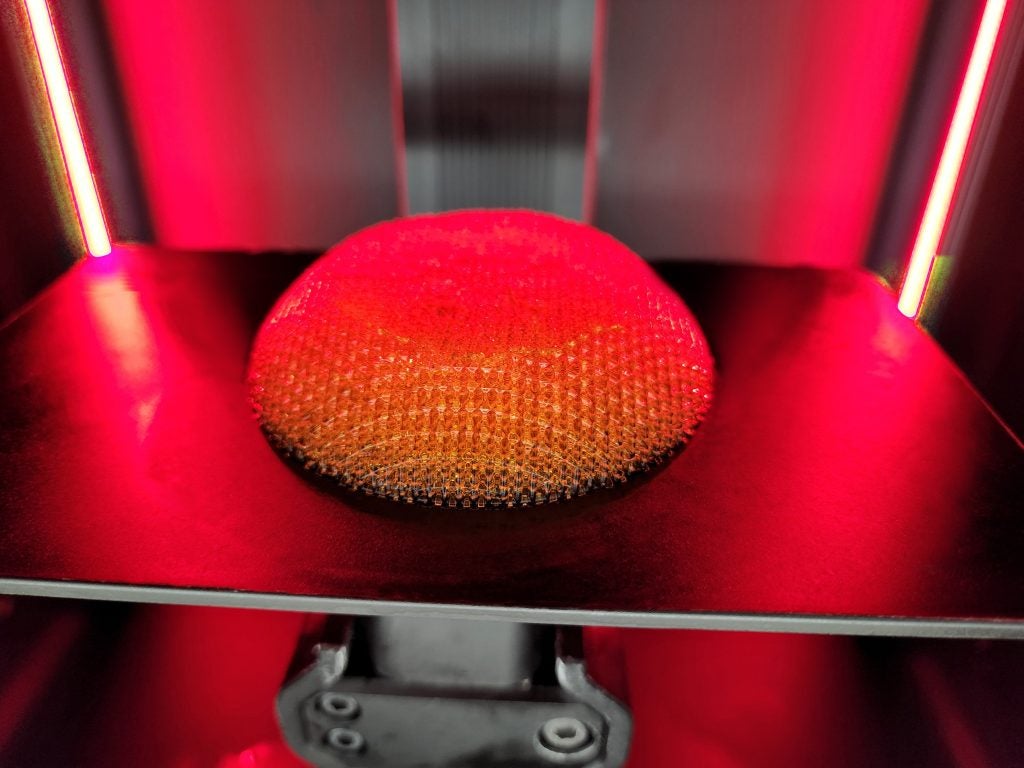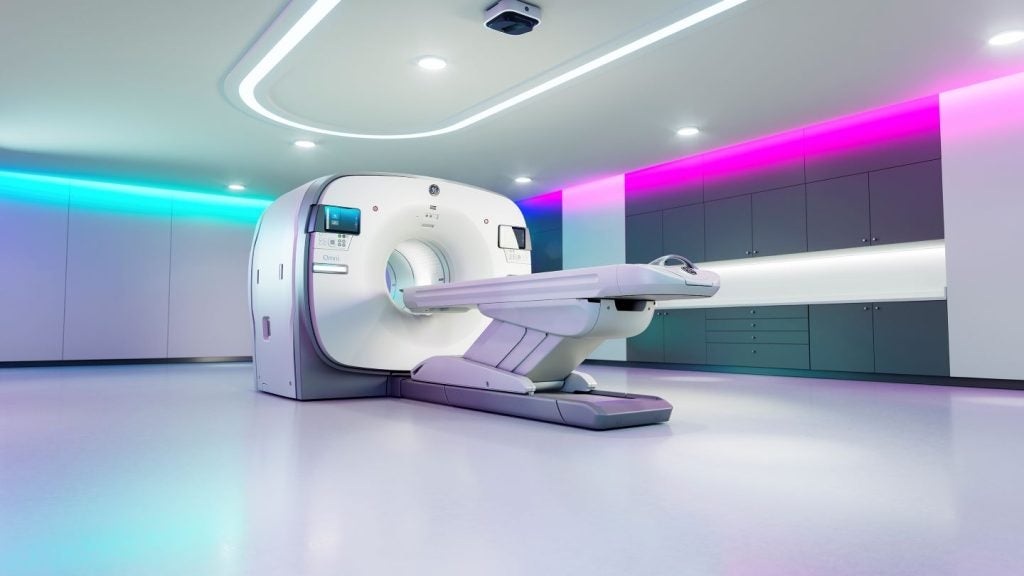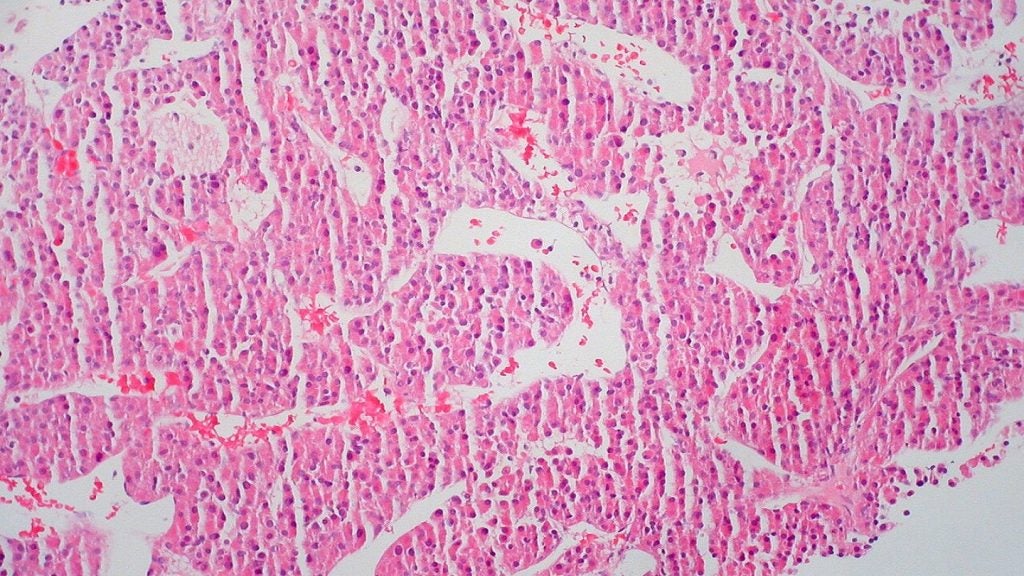Researchers working in tissue engineering are increasingly utilising 3D printers to fabricate personalised, miniature scaffolds onto which cells are placed. This innovative approach stimulates cell growth and facilitates their development. With the continuous progress in tissue engineering research, the methods of printing these scaffolds are also evolving.
When CollPlant Biotechnologies and Stratasys announced their April agreement to collaborate on 3D printed breast implants, many sat up and took notice. The companies will biofabricate human tissues and organs, using Stratasys’ P3 technology-based bioprinter and CollPlant’s plant-based collagen made from genetically engineered tobacco plants, to produce programs at an industrial scale.
Medical Device Network spoke to Erez Ben Zvi, Stratasys’s Vice President of Medical, about the promise of 3D bioprinting on regenerative medicine.
Medical Device Network: How transformative could the agreement between Stratasys and CollPlant be?
Erez Ben Zvi: Regenerative medicine is disruptive and transformative to the entire industry. This is all about regenerating, not replacing organs or tissue, it is something that creates new life within our body.
Stratasys builds this breast implant layer by layer into a volumetric model that will biomechanically behave as a scaffold that promotes the growth of tissue or cells into it. The scaffold is embedded with collagen that promotes the healing of the tissue, that promotes the revascularisation, and the proliferation of cells into the scaffold which then degrades within the body. The tissue heals and fills up the cavity.
CollPlant’s plant-based collagen has great bio functionality, it allows the acceleration of human cells and their proliferation into the scaffold structure, and it promotes faster tissue healing. From a manufacturing perspective, it is very reproducible. Synthetic models such as silicone implants pose the risk of rejection, leaks, or contamination. Also, at some point silicone implants must be replaced which requires additional surgery.
MDN: What does the next five years in bioprinting look like?
EBZ: The bioprinting industry is growing at a very rapid pace. From 19% CAGR reaching more than $8bn in 2030. This is a huge market, and it's growing very fast. However, there are still challenges, there are steps in the process that one will have to walk.
In the next five years, you will see more and more companies moving or transitioning from research towards the commercialisation phase. But when we talk about commercialisation, we anticipate more solutions in research and diagnostic products, so more scaffold-based solutions, more solutions that are used in research such as drug screening or tissue models that are not living organs. Producing living organs is the dream, that's where this technology is heading, we will be able to replace organs and remove the dependency on donors.
MDN: Realistically, how far away is the production of human organs through biofabrication?
EBZ: That will take us more time because to get there involves very comprehensive R&D programmes to reproduce complex organs. We require advanced technology and materials that are far beyond what is available today.
It's not all about just the technology and the materials, there are steps that we'll have to complete before we can commercialise an organ that will replace a human organ. Clinical studies that will improve the efficiency of the organs, as well as ethical, regulatory, operational, and legal checks before we can commercial something. There is still an evolution of solutions to go through.
Right now we can regenerate tissue as opposed to something that is more complex. The heart, for instance, is the product of hundreds of millions of years of evolution including conduction systems, vessels, tissues, the entire frame. Everything must play under the same orchestra, and that's very complex and will take more time.
Soon, you will see more solutions in the research and the diagnostic or the implant scaffold solutions that will regenerate tissue, bones, or nerves. And these will be very patient specific because they will bypass the body’s immune response, there are non allogenic aspects to these implants or to the solutions.
MDN: How is 3D bioprinting going to evolve and expedite regenerative medicine?
EBZ: 3D Bioprinting is an enabler of regenerative medicine. In many cases, it requires just printing scaffolds, cells, stem cells, or even collagen in the right metrics in the right layers.
If you put cells on a two-dimensional layer only, they fail to communicate well. So you need to structure the cells in layers. And that the only way to set this is through 3D printing, you cannot do this with any traditional manufacturing process, you need to set the layers in the right position before you can sit together some organ or sit together real tissue behaviour that behaves exactly at the tissue in the human body.
Stratasys has its eyes wide open on the entire regenerative medicine field. We have taken our first step; we will learn and expand our expertise and we'll take a pivotal position in the market as it evolves.
MDN: Looking further ahead, what will 3D printing bring to medicine in the next 20 years?
EBZ: Bioprinting is used today for drug screening or for tissue modelling to speed up drug discovery and drug development by pharmaceutical companies to decrease the dependency on animal trials. Bioprinting is a great alternative to animal testing. It speeds up the process, speeds up time to market, and is also cost effective for clinical studies.
And as we look from five to 20 years ahead, then you will see more of the tissue and organs aspects where the more complex structures will start taking place in the market, because it will take time for this to evolve. Five years in technology is a huge amount of time. So we do expect significant change during the next five years, but something between five to 20 years, that will be amazing. I would expect to see so many things in this area that will be disruptive and will transform the way healthcare is provided to the public.















